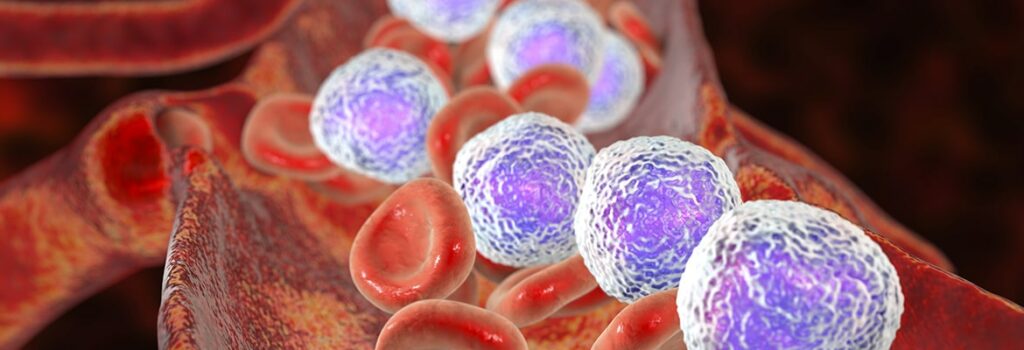Nordic childhood ALL review shows ‘fewer’ but ‘harder-to-cure’ relapses
By Lynda Williams, medwireNews Reporter
The risk of relapse after treatment for childhood acute lymphoblastic leukaemia (ALL) has decreased in the past 3 decades but the likelihood of successful treatment of relapse has not improved, suggests a review of three Nordic Society of Pediatric Hematology and Oncology (NOPHO) clinical trials.
“[F]ailure to improve outcome of remaining relapses suggests a selection of harder-to-cure relapses and calls for new therapeutic strategies”, say Birgitte Albertsen, from Aarhus University Hospital in Denmark, and co-authors in Leukemia.
The team examined data for 4458 patients aged 1.0 to 14.9 years with Philadelphia chromosome-negative B-precursor or T-cell ALL living in Sweden, Norway, Finland, Iceland and Denmark between 1992 and 2008.
The children all took part in the NOPHO ALL1992, ALL2000 or ALL2008 trials of first-line chemotherapy including induction treatment, intensification strategies, maintenance treatment and/or allogeneic haematopoietic stem cell transplantation (HSCT) depending on risk stratification and response to treatment.
The 5-year cumulative incidence of relapse fell from 17.3% and 16.5% for the ALL1992 and ALL2000 trial participants to 8.4% for those taking part in the ALL2008 trial, the investigators report.
However, the median time from primary diagnosis to relapse was 2.6 years and this was similar across the three trials, as was the distribution of relapse in isolated bone marrow, combined or isolated extramedullary sites.
The estimated 4-year overall survival (OS) rate after relapse was 54.8% across the trials. Of note, OS was “very poor” for the 30 patients who relapsed following HSCT after achieving their first complete remission, at just 20.0% compared with 56.6% for the 608 patients who relapsed during or after upfront chemotherapy.
Furthermore, the rate of OS and event-free survival after relapse did not significantly differ between the three trial eras and the proportion of patients who underwent HSCT after achieving a second complete remission “remained stable” throughout the study period, write Albertsen et al.
When assessing patients by immunophenotype, the survival outcomes were consistently “very dismal” in the T-cell patients during the study periods, they observe.
Over the three trials, the 4-year OS rate after relapse was 75.2% for patients with standard-risk disease versus 31.8% for those with high-risk disease; again there were “no major improvements over time for any of the relapse risk groups”, the researchers say.
They add that second relapse continued to be the major event and the main reason for treatment failure over the three trials; for patients who had a first relapse, the main first event was induction death or death after second relapse.
In multivariate analysis, death was significantly predicted by a first relapse within 18 months of ALL diagnosis (hazard ratio [HR]=6.31 vs relapse after 36 months); isolated bone marrow or combined site relapse (HRs=3.01 and 2.39 vs isolated extramedullary); Down’s syndrome (HR=2.75); age 10 years or older (HR=1.68); and T-cell immunophenotype (HR=1.57).
Albertsen and co-authors summarise that follow-up of the three NOPHO trials indicates “very limited improvement of survival after relapse has been observed and survival after relapse remains dismal, especially for relapse in the high-risk group.”
Hypothesising that this finding “may be the result of intensified initial treatment, facilitating selection of treatment resistant leukemic clones and underlining the need for new therapeutic strategies”, the team concludes: “Our findings support that refinements in the risk stratification of ALL relapses should be considered in future trials.”
News stories are provided by medwireNews, which is an independent medical news service provided by Springer Healthcare Ltd. © 2022 Springer Healthcare Ltd, part of the Springer Nature Group
Leukemia 2022; doi:10.1038/s41375-022-01540-1

